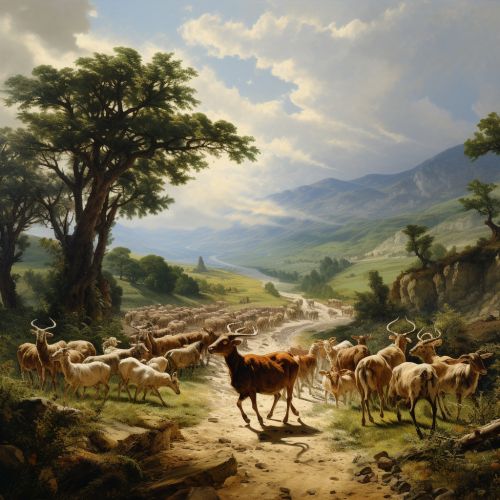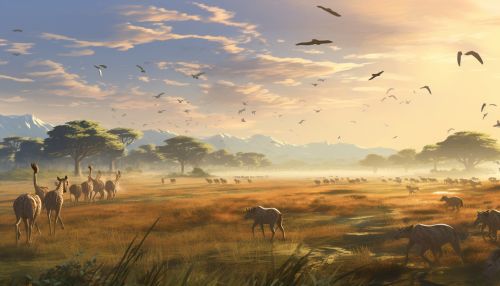The Science of Animal Dispersal and Range Expansion
Introduction
Animal dispersal and range expansion are fundamental processes in ecology, shaping the distribution and abundance of species across landscapes and through time. These processes are driven by a combination of biogeographic, evolutionary, and ecological factors, and have significant implications for biodiversity, conservation, and ecosystem services.


Animal Dispersal
Animal dispersal refers to the movement of individuals away from their place of origin or from centers of high population density. It is a key mechanism for the colonization of new areas and the maintenance of genetic diversity within populations. Dispersal can be categorized into three main types: natal dispersal, breeding dispersal, and foraging dispersal.
Natal Dispersal
Natal dispersal is the movement of individuals from their birthplace to the location where they first breed. This type of dispersal is common in many animal species and is often driven by competition for resources or mates, inbreeding avoidance, or environmental variability.
Breeding Dispersal
Breeding dispersal refers to the movement of individuals between successive breeding attempts. It is often observed in species with complex life cycles or variable environments, and can be influenced by factors such as reproductive success, mate availability, and habitat quality.
Foraging Dispersal
Foraging dispersal involves the movement of individuals in search of food resources. This type of dispersal is particularly important in species with fluctuating food availability or patchy resource distribution, and can be influenced by factors such as predation risk, competition, and environmental conditions.
Range Expansion
Range expansion is the process by which a species extends its distribution beyond its current boundaries. It is a key mechanism for the colonization of new areas and the spread of species across landscapes. Range expansion can occur through a variety of mechanisms, including dispersal, migration, and human-mediated transport.
Mechanisms of Range Expansion
There are several key mechanisms that drive range expansion in animal species. These include:
- Dispersal: The movement of individuals away from their place of origin or from centers of high population density.
- Migration: The seasonal movement of animals from one region to another.
- Human-mediated transport: The intentional or unintentional movement of species by humans, often through trade, travel, or habitat modification.
Factors Influencing Dispersal and Range Expansion
A variety of factors can influence the dispersal and range expansion of animal species. These include:
- Habitat fragmentation: The division of habitats into smaller, isolated patches can limit dispersal and range expansion by creating barriers to movement.
- Climate change: Changes in temperature, precipitation, and other climatic factors can influence the distribution and abundance of species, and thus their potential for dispersal and range expansion.
- Invasive species: Non-native species can outcompete native species for resources, limiting their ability to disperse and expand their range.
- Genetic diversity: High levels of genetic diversity can enhance the ability of species to adapt to new environments and expand their range.
Implications for Biodiversity and Conservation
Understanding the processes of animal dispersal and range expansion is crucial for biodiversity conservation. These processes can influence the distribution and abundance of species, the structure and function of ecosystems, and the provision of ecosystem services. They can also have significant implications for the management of invasive species, the conservation of endangered species, and the prediction of species responses to climate change.
